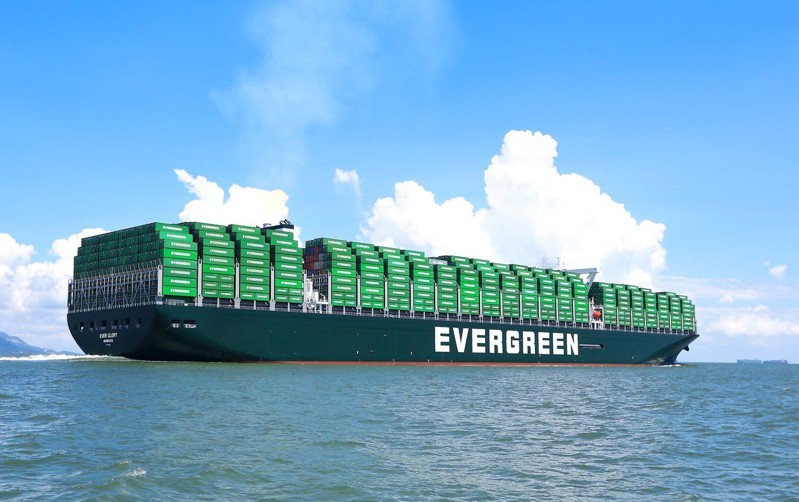The international shipping industry has continued the positive trend of "long-term optimism" in the past year, but it must also deal with new challenges such as the epidemic, the Suez Canal ship jam, and climate change. According to the "2021 Safety and Shipping Review" issued by the maritime insurance company Allianz Global Enterprise and Special Risks Co., Ltd. (AGCS) not long ago, the number of losses of large ships worldwide in 2020 will remain at the lowest level in history, and the number of accidents will also Down.
"The shipping industry has shown extremely strong resilience in the new crown epidemic, which can be seen from the strong growth in trade volume and the recovery of multiple industries now," said Rahul Cana, director of maritime risk consulting at AGCS. "The total loss of ocean freighters is at a historically low level for the third consecutive year. Of course, the entire industry has not been smooth sailing. The continued shortage of crews, increasing concerns about delays and interruptions in the supply chain, and strict epidemic prevention and control and environmental protection requirements of various countries have all given them. The shipowner and crew have brought a lot of risk."
The AGCS research and analysis report recorded marine accidents in which cargo losses exceeded 100 tons or casualties occurred in 2020. According to statistics, a total of 49 large ships were lost globally in 2020, which is close to last year (48 ships) and the second lowest since the beginning of this century. In the past 10 years, more than 870 large ships have been lost globally, an average of 87 ships per year. Compared with 98 ships in 2011, the annual loss of ships has been reduced by 50% in 10 years. The number of shipping accidents in 2020 will also be reduced from 2,818 in the previous year to 2,703, a year-on-year decrease of about 4%.
The AGCS report pointed out that the Asian waters from the South China Sea to the Indochina Peninsula, Indonesia, and the Philippines are still areas with a high incidence of accidents. In 2020, the region lost 16 ships, accounting for about one-third of the world that year, and the number of accidents also increased year-on-year. In addition, there are some data worthy of attention. For example, freighters (18 ships) accounted for more than one-third of the ships lost in 2020, and accounted for 40% of the total losses in the past 10 years. The sinking was the main cause of ship losses last year, accounting for one-half of the total. Mechanical damage/failure is the leading cause of global shipping accidents, accounting for 40%.
Although the epidemic has hit the global economy severely, its impact on maritime trade is not what people initially feared. After a slight decline in global maritime trade in 2020, this year is expected to exceed the level of the previous two years. However, this recovery is obviously unstable, because the epidemic is still ongoing, and the resulting port delays, capacity congestion and container shortages are still very serious. In June 2021, outside the world’s major ports, an estimated 300 freighters were queuing to enter and unload. Since 2019, the time for container ships to wait for port berths has more than doubled.
The poor working conditions of the crew are a humanitarian crisis, which continuously damages the health and well-being of the former. Unable to land due to epidemic restrictions, as of March 2021, about 200,000 seafarers have been forced to stay on board. Drifting on the sea for a long time can make people mentally fatigued, and even make judgment errors, which in turn lays down safety hazards. In fact, due to the overdue service of the crew, shipping accidents have occurred.
If things go on like this, not only will the normal seafarer training process be interrupted, but also bad working conditions will make it more difficult for the industry to attract new people to join. With the rebound in international trade, the shortage of crew may further intensify in the future. India is one of the world’s largest sources of seafarers. As the new crown infection rate in the country increases, some countries and regions, including Singapore, Hong Kong, and the United Kingdom, have banned ships and crews from India from entering the port. It is also not allowed to call at Indian ports, and the major ports in India have always been important transit points for maritime trade between Europe, Africa and Asia.
Although so far, the amount of maritime claims directly caused by the epidemic is limited, it does not mean that the industry has suffered a small loss. “In general, maritime claims have not decreased, and the cost of ship hull life reduction and mechanical failure claims has been increasing due to delays in the manufacture and delivery of marine spare parts, as well as excessive stacking and squeezing of cargo space,” AGCS is responsible for the shipping business. Director Jatus Heinrich said, “The costs associated with salvaging (wrecks and cargo) and ship repairs have also increased.”
If you have any questions or needs, please contact us info@pfs-logistics.cn.We will provide you with the most efficient and competitive logistics solutions, thank you!

